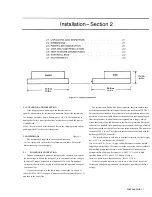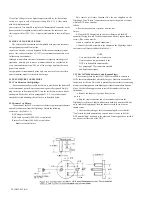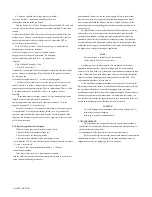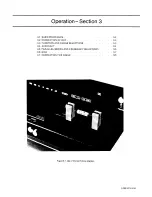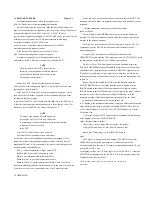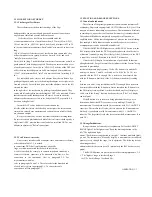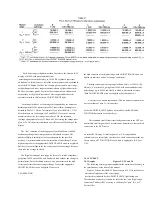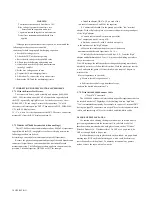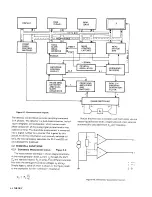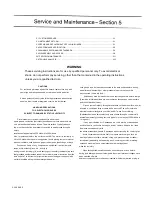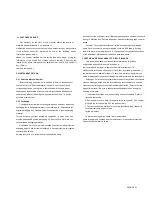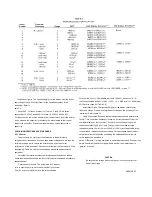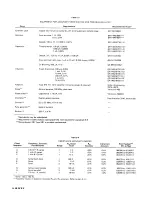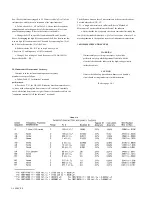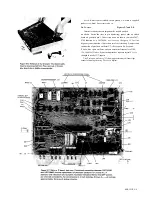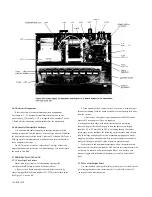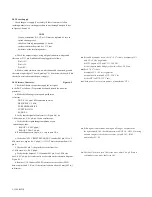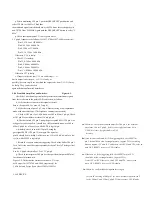
4.2.2 Frequency and Time Source. Figure 4-3.
A necessary standard for accuracy is the frequency of the test signal; and
equally important are the generation of 4-phase references for detection and
clocks for the microprocessor. Frequency and timing requirements are
implemented by derivation from a single very accurate oscillator, operating near
25 MHz. Digital dividers and logic circuitry provide the many clocks and
triggers, as well as driving the sine-wave generator described below.
4.2.3 Sine-Wave Generation. Figure 4-4.
Starting with a digital signal at 256 times the selected
test frequency, the sinewave generator provides the test signal that drives a
small but essential current through the DUT.
Binary dividers count down from 256 F, providing 128 F, 64 F, 32 F,... 2F,
F. This set of signals is used to address a read-only memory which contains a
256-step approximation
to a sine function. The ROM output (as an 8-bit binary number) is
converted by a D/A converter to a somewhat "noisy" sine-wave, which is then
smoothed by filtering before its use in the measurement of a DUT.
Содержание 1657 RLC Digibridge
Страница 6: ...Table of Contents...
Страница 8: ...1 2 INTRODUCTION...
Страница 9: ...INTRODUCTION 1 3...
Страница 10: ...1 4 INTRODUCTION...
Страница 15: ...OPERATION 3 1...
Страница 24: ...4 2 THEORY...
Страница 30: ...5 4 SERVICE...
Страница 42: ...5 16 SERVICE...
Страница 46: ......
Страница 49: ......
Страница 50: ......
Страница 51: ......
Страница 52: ......
Страница 53: ......
Страница 54: ......
Страница 55: ......
Страница 56: ......
Страница 57: ......

